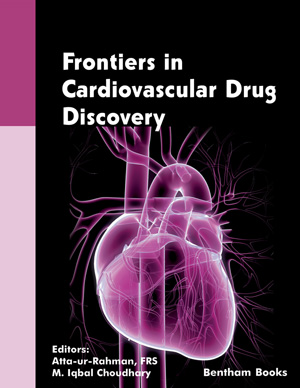Abstract
Transient receptor potential (TRP) channels are ubiquitously expressed cellular sensors that respond to changes in the cellular environment. They act in nociception, taste perception, thermosensation, mechanosensing, osmolarity sensing, and signal transduction. Mammalian TRP channels comprise 28 members divided into six subfamilies: TRPA (ankyrin), TRPC (canonical), TRPM (melastatin), TRPML (mucolipin), TRPP (polycystin) and TRPV (vanilloid). TRP mutations that result in either gain or loss of function have been linked to several human diseases, among them hypertension, cardiac hypertrophy, obesity, and diabetes. In the myocardium, TRP channels modulate Ca+2 handling and are differentially expressed in models of cardiac remodeling and dysfunction. TRP channels are also involved in insulin release from pancreatic beta-cells and glucose tolerance in rodent models of type 2 diabetes. Some of these channels promote thermogenesis and thus prevent diet-induced obesity. How TRP channels are modulated in vivo is still unknown since few endogenous ligands were identified so far. However, a wide range of natural products with therapeutic potential activates TRP channels and might serve as models for new drug discovery and development to prevent cardiometabolic morbidity and mortality. Studies with TRP channels show promising results, but the translation to preventive or therapeutic strategies against cardiometabolic diseases is challenging since they are found in multiple tissues and enrolled in several physiological actions, which increases the risk of adverse effects.
Keywords: Adipose tissue, Cardiovascular diseases, Cardiometabolic syndrome, Heart, Obesity, Pancreas, Type 2 diabetes, Transient receptor potential channels, TRPA1, TRPC, TRPM, TRPV.






















